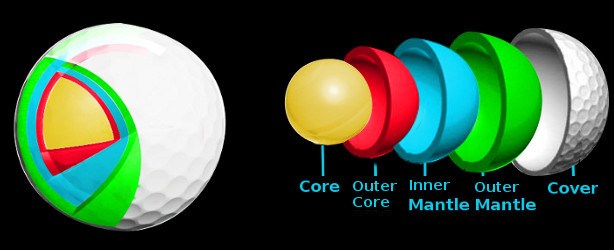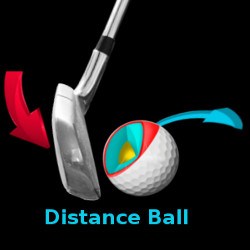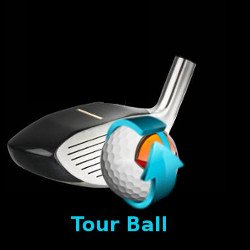
You may not realize it, but there are significant difference between the various brands and models of golf balls.

Of course, all golf balls are the same size – 1.68” in diameter and 1.62 ounces. The vast majority are white, although pink, yellow and other colors are available. Construction varies, but most modern balls have two layers: a core and a cover.
Most beginners lack the swing speed and quality of contact to take advantage of the specific features and benefits of different balls. For example, some balls spin at a faster rate and are preferred by skilled players. Others spin less but travel farther.
The latter category, called “distance balls,” are the best choice for a beginner. For one thing, these models tend to cost less than their high-spin counterparts, which are called “tour balls” because they’re used by professionals. Distance balls also are a bit more durable and able to withstand lots of pounding without scuffing or losing shape.

The biggest performance difference between these types is seen around the greens. The tour ball’s higher spin rate means that a well-struck chip or bunker shot will stop more quickly than the same shot hit using a distance ball.
There’s also an intermediate category that combines the qualities of distance and tour balls. Once you’ve advanced to making consistently good contact on your shots, consider graduating to the in-between golf ball.
All the leading manufacturers, including Titleist, Bridgestone and Callaway, offer golf ball models in each category.
Golf Ball Videos:
– Compression Video
– Spin Video
– Dimples Video
– Golf Ball Brands Video
– Titleist Video
– Understanding Spin Video






